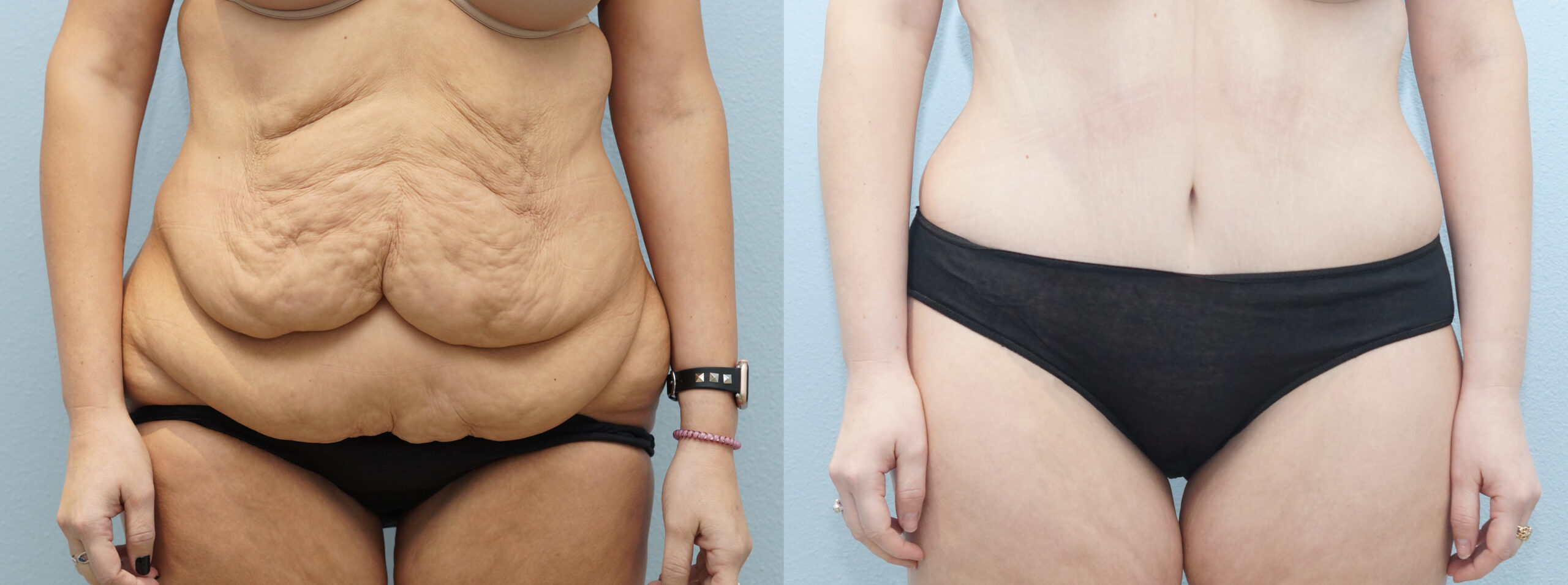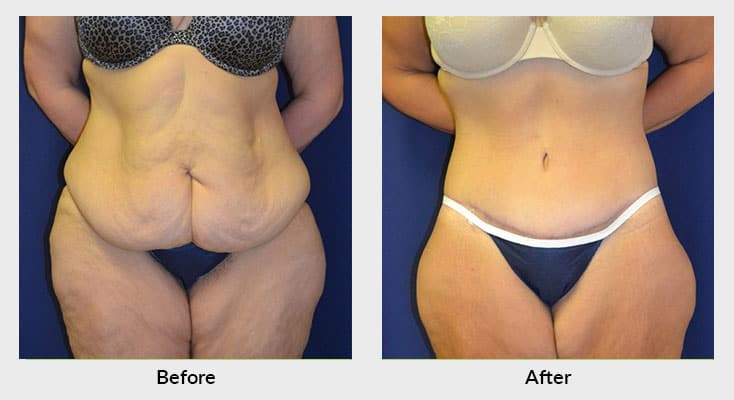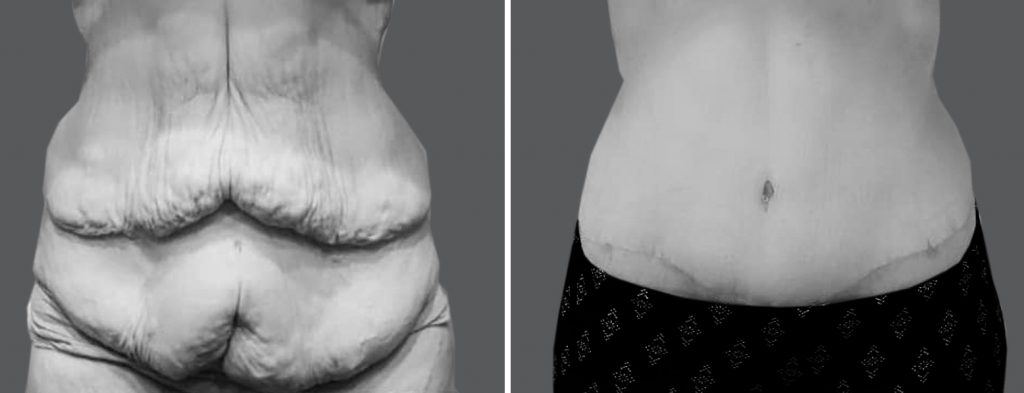Losing a lot of weight is a major achievement. But it can leave you with loose skin.
Skin removal after weight loss can greatly improve your appearance and comfort. This process helps people feel better about their bodies and boosts confidence. Loose skin can cause discomfort and even health issues. Surgery to remove this extra skin can solve these problems.
It is important to know what to expect before and after the procedure. Photos and stories from others can give you a clearer idea of the results. Understanding the journey can help you make an informed decision. Whether you are considering this surgery or just curious, this guide will provide useful insights.

Credit: www.neamanplasticsurgery.com
Introduction To Skin Removal
Skin removal is important after losing a lot of weight. It helps to remove extra skin. This makes you feel better and more comfortable. Loose skin can cause rashes and infections. Removing it also improves your appearance. Many people feel more confident after surgery.
There are many procedures for skin removal. Tummy tuck removes skin from the belly. Arm lift removes skin from the arms. Thigh lift tightens skin on the legs. Body lift targets many areas at once. Each surgery is different. Talk to a doctor to choose the best one for you.
Causes Of Excess Skin
Rapid weight loss can cause extra skin. Skin does not have time to shrink. This leads to loose, hanging skin. Losing weight slowly helps reduce excess skin. Slow and steady wins the race.
As people age, skin loses its elasticity. This makes it harder for skin to bounce back. Older people often have more loose skin after weight loss. Taking care of your skin can help.
Genes play a big role in skin elasticity. Some people have stretchy skin. Others do not. This is something you cannot change. Knowing your body helps manage expectations.
Benefits Of Skin Removal
Loose skin can make you look older. Tight skin gives a youthful look. Clothes fit better. You may feel more attractive. A tighter body shape is often the result.
Excess skin can cause rashes. It can also be heavy and uncomfortable. Removing it helps you move freely. Exercise becomes easier. Daily activities feel better.
Loose skin can lower self-esteem. Removing it boosts confidence. You may feel more proud of your body. Social interactions improve. You might enjoy life more.
Preparing For Surgery
Consulting with a surgeon is the first step. Discuss your goals and concerns. Ask questions about the procedure. Understand the risks and benefits. The surgeon will examine your skin. They will check for any issues. You will get detailed information about the surgery.
Your overall health is important. The doctor will review your medical history. They may order tests. Blood tests and heart checks are common. Healthy habits are crucial. Eat well and exercise. Quit smoking if you do. Good health means better results.
Realistic expectations are key. Talk to your surgeon about what to expect. Look at before and after photos. Understand that results vary. Healing takes time. Scars will fade but not disappear. Patience is necessary. Follow your surgeon’s advice for the best outcome.
Surgical Techniques
A tummy tuck removes extra skin and tightens muscles. This surgery helps to flatten the stomach. Many people choose this after losing a lot of weight. It can also remove stretch marks.
An arm lift gets rid of saggy skin on the upper arms. It makes the arms look more toned. This surgery is common after weight loss. It helps people feel more confident.
A thigh lift removes extra skin from the thighs. It helps to make the legs look smoother. This surgery can improve the shape of the thighs. Many people feel better in their clothes after this surgery.
Recovery Process
Skin removal surgery can greatly improve appearance after significant weight loss. The recovery process often involves rest, proper wound care, and follow-up visits with your doctor. Before and after photos show dramatic changes, boosting confidence and comfort.
Immediate Aftercare
After surgery, your body will need rest. You might feel sore. It’s important to keep the surgical area clean. Follow your doctor’s instructions. Wear compression garments to reduce swelling. Take prescribed medications on time. Avoid strenuous activities. Stay hydrated and eat healthy. This helps the body heal faster.
Long-term Healing
Healing takes time. You might see improvements over weeks. Regular check-ups with your doctor are important. They will monitor your progress. Exercise lightly when the doctor allows. This helps blood flow. Healthy diet aids in recovery. Drink plenty of water. Avoid smoking and alcohol. They can slow healing. Be patient with your body. It needs time to fully recover.
Managing Scars
Scars are part of the process. Use scar creams as recommended. They help reduce visibility. Massage the scars gently. This improves blood flow. Protect scars from the sun. UV rays can darken them. Wear sunscreen if you are outside. Keep the scars clean and dry. Be gentle with your skin. Avoid harsh chemicals. Over time, scars will fade. Patience is key.
Before And After Transformations
Many people share their journeys. They often talk about the big changes in their lives. They feel proud and happy. These stories inspire others. They show that hard work pays off. Every story is unique. But all of them have one thing in common: success.
Pictures tell a powerful story. Before and after photos show the clear difference. They highlight the physical changes. These pictures motivate others. They see what is possible. The visual proof is strong. It shows the results of hard work.
Weight loss changes the mind too. Many feel more confident. They have a better self-image. They feel happier and more energetic. The mental benefits are just as important as the physical ones. These changes improve their quality of life. They feel a sense of achievement.
Potential Risks
Skin removal after weight loss may lead to potential risks like infection, scarring, or uneven skin. It’s essential to consider these risks before undergoing surgery. Consulting with a qualified surgeon can help minimize complications.
Complications
Skin removal surgery can have complications. Bleeding may occur. Infection is another risk. Scarring can be a concern. Some may feel numbness. Healing takes time.
Side Effects
Pain is common after surgery. Swelling can last for weeks. Bruising may appear. Itching can be bothersome. Fatigue might be felt.
Risk Management
Choose a skilled surgeon. Follow all post-surgery care tips. Keep the wound clean. Avoid heavy lifting. Stay hydrated and eat well. Report any issues to your doctor.
Choosing A Surgeon
Your surgeon must have the right qualifications. Look for board certification. This ensures they have proper training. Also, check for special training in skin removal.
Experience is very important. A skilled surgeon has done many surgeries. They know how to handle different cases. This can lead to better results.
Patient reviews can help you choose. They show how other people felt about their surgery. Positive reviews can give you confidence. Negative reviews can be a warning.

Credit: ghsurgery.com

Credit: richardscosmeticsurgery.com
Frequently Asked Questions
What Is Skin Removal Surgery?
Skin removal surgery, also known as body contouring, removes excess skin after significant weight loss.
Who Is A Candidate For Skin Removal Surgery?
Candidates are those who have maintained a stable weight for several months.
How Long Is The Recovery Time?
Recovery time varies, but most people return to normal activities within 4-6 weeks.
Are There Risks Involved In Skin Removal Surgery?
Yes, risks include infection, scarring, and complications from anesthesia, but they are generally low.
Conclusion
Achieving significant weight loss is a huge accomplishment. But loose skin may follow. Skin removal surgery can enhance your appearance and boost confidence. Always consult with a professional. Understand the process and recovery time. Your journey to a better you is worth it.
Embrace the changes and enjoy your healthier body.


